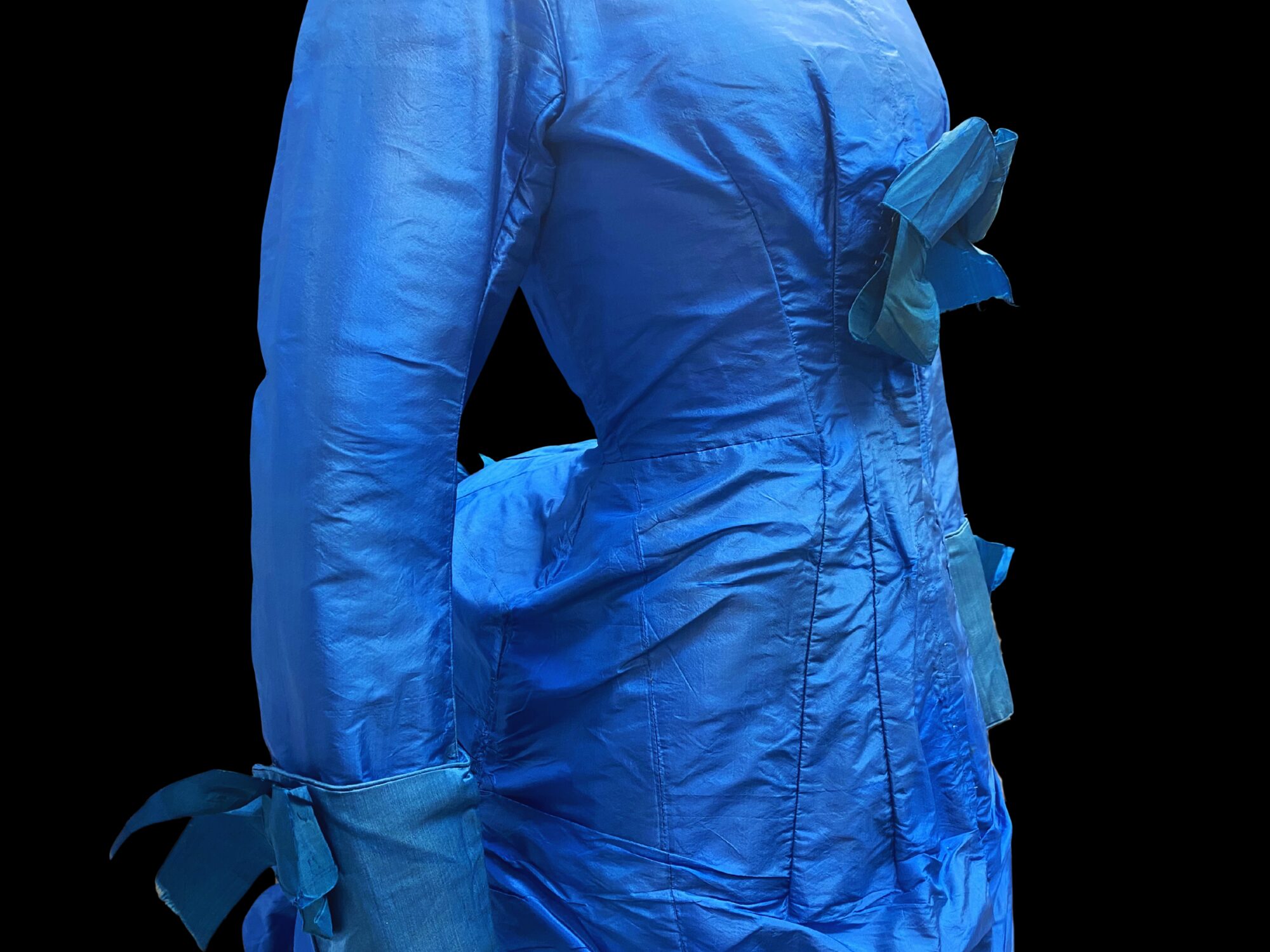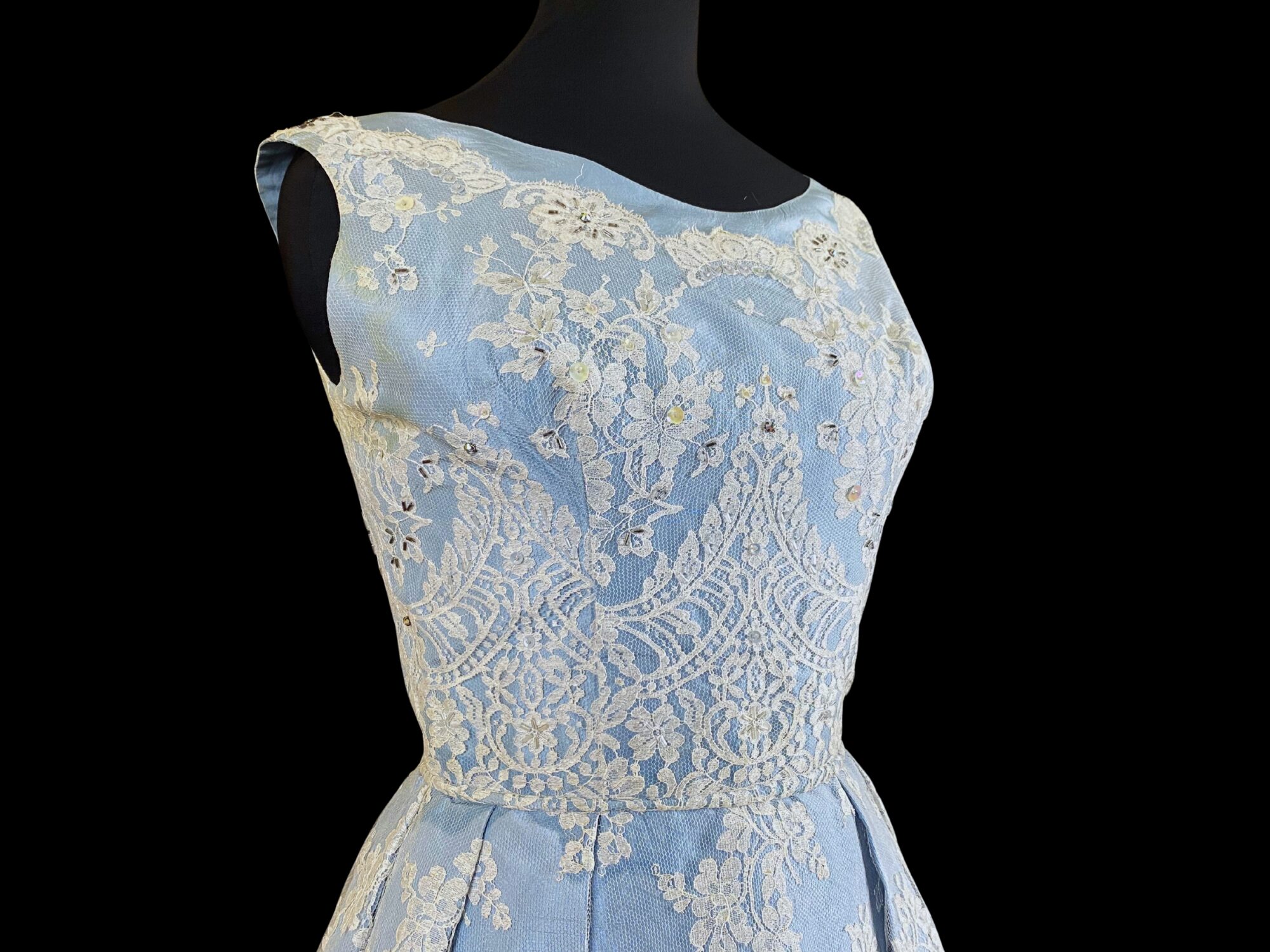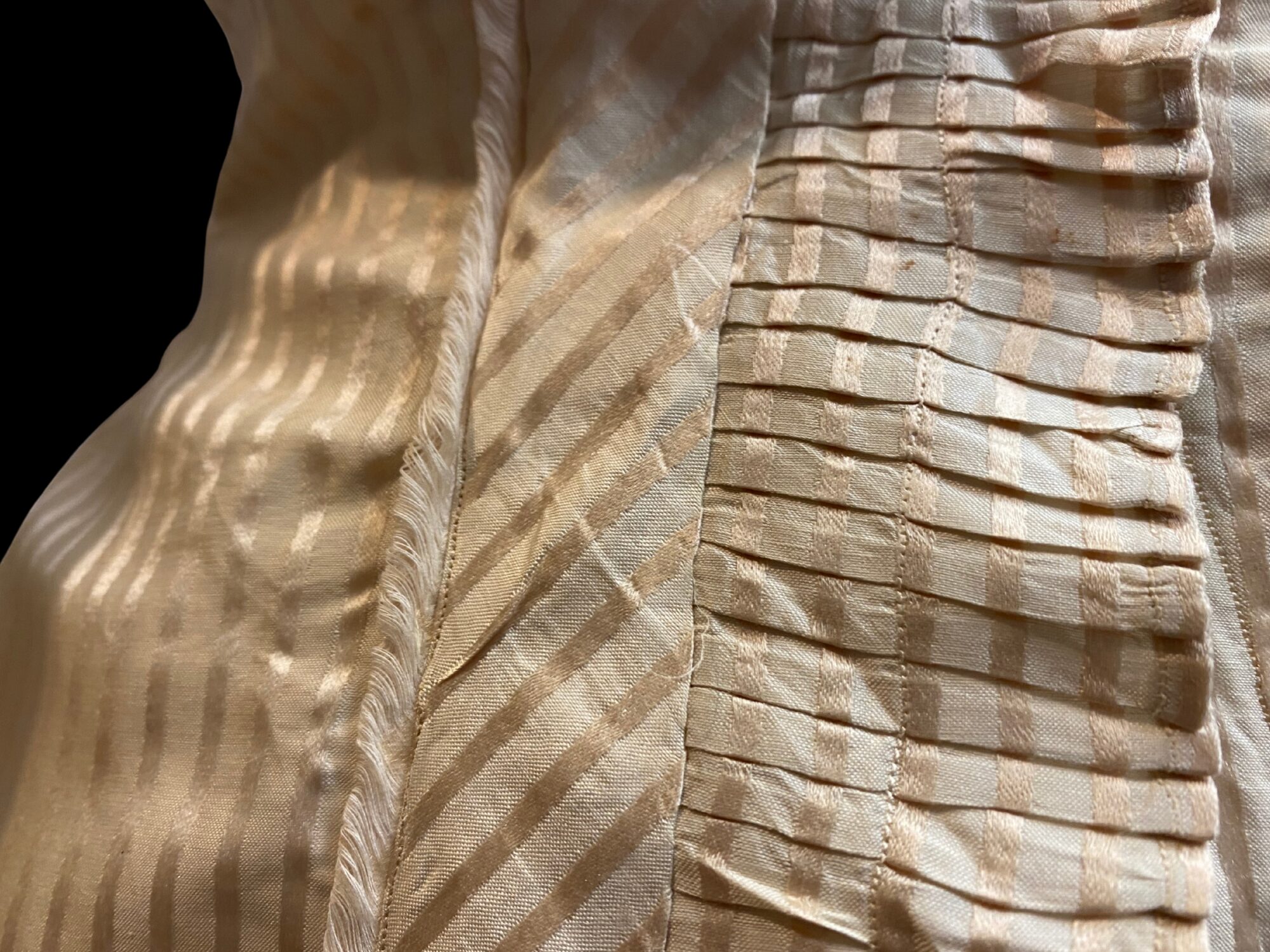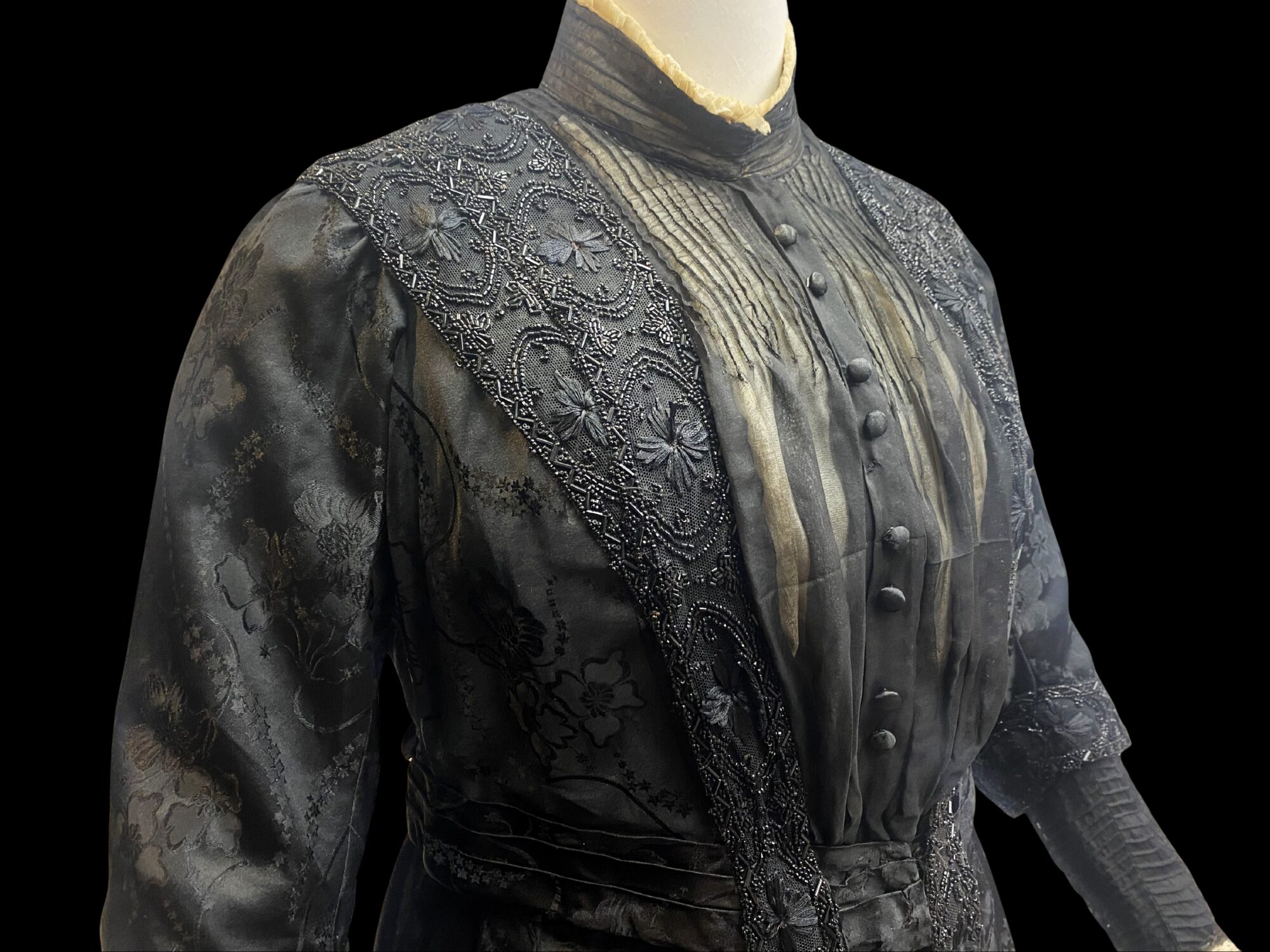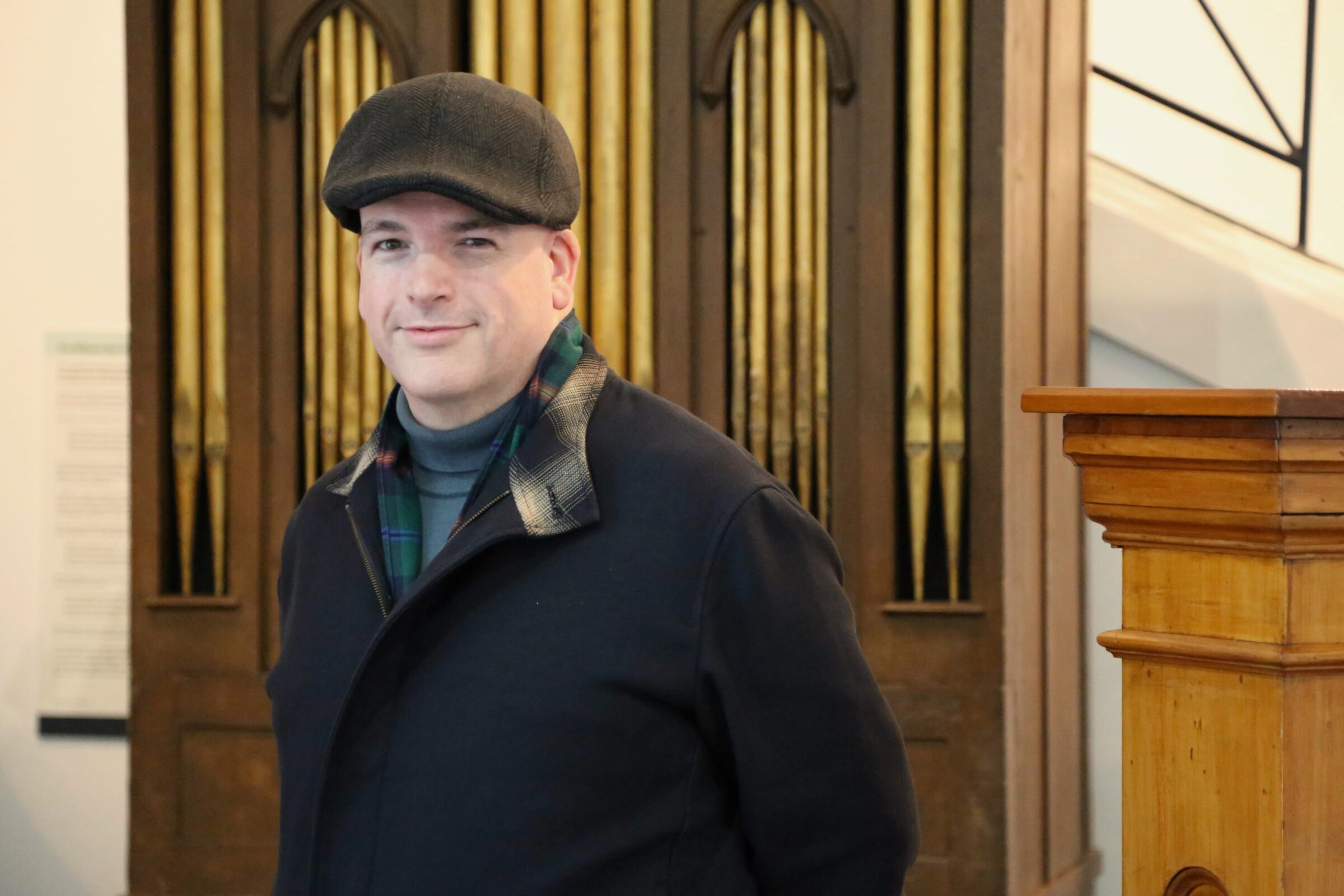Collection Stories
By Sandi Black
In the early decades of the 20th century, attitudes towards women’s health and beauty began to change. The growth of aestheticism in the 19th century had seen the advent of art appreciated for its beauty rather than its morality, and the belief that beautiful objects – including women – were there for the sole purpose of being admired.
But some women refused to accept such a passive role and the “new woman aesthete was born, a woman interested in experiencing art and beauty in a different and more active way. Mary Bagot Stack was one of these women.
In the early 1900s Stack spent time in India with her husband. She learned yoga and observed the differences in the way women moved when wearing the tight, restrictive European clothing, compared to the loose and free-flowing Indian garb.
She returned to England and attended Mrs Josef Conn’s Institute of Physical Training in London and learned about exercise as a way to stimulate health. Inspired by this and her experiences in India, Stack opened her own fitness centre in 1910, offering both private and public classes.
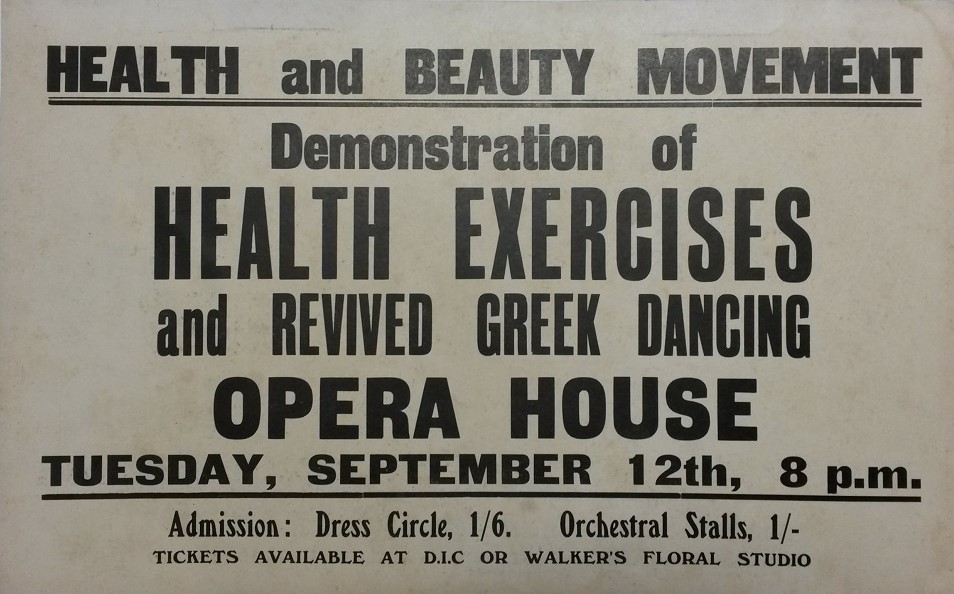
Whanganui Regional Museum Collection 2017.18.8
Post-war attitudes were changing and health professionals were beginning to acknowledge the benefits of exercise and changes in fashion on women’s health, which Stack had previously witnessed and understood. In the 1920s she developed her own system of exercise, set to music, a novelty for the time. This system was also meant to be a social event to help women recently bereaved by the Great War. The programme proved to be so popular that it grew from small classes to a mass movement, which in 1930, was named the Women’s League of Health and Beauty.
The exercises were based on the understanding that movement was essential for a healthy life and generated beauty from within, without the need of extensive make-up and other common beauty trappings. The 12 sequences drew from dance, callisthenics, remedial and slimming motions, and rhythmic exercise, and often incorporated Greek dancing and poses. The poses required women to replicate the positions held in classic Greek statues, generating empathy for the work of art and embodying the balance and beauty of it within themselves.
The League’s popularity spread throughout the United Kingdom, then further out to the Commonwealth. Millicent Ward trained as a Health and Beauty Teacher under Stack before immigrating to New Zealand in 1937, settling in Auckland. Ward ran demonstrations and classes, which were very popular among young businesswomen, and was even called upon by some larger companies to offer classes specifically for their female employees.
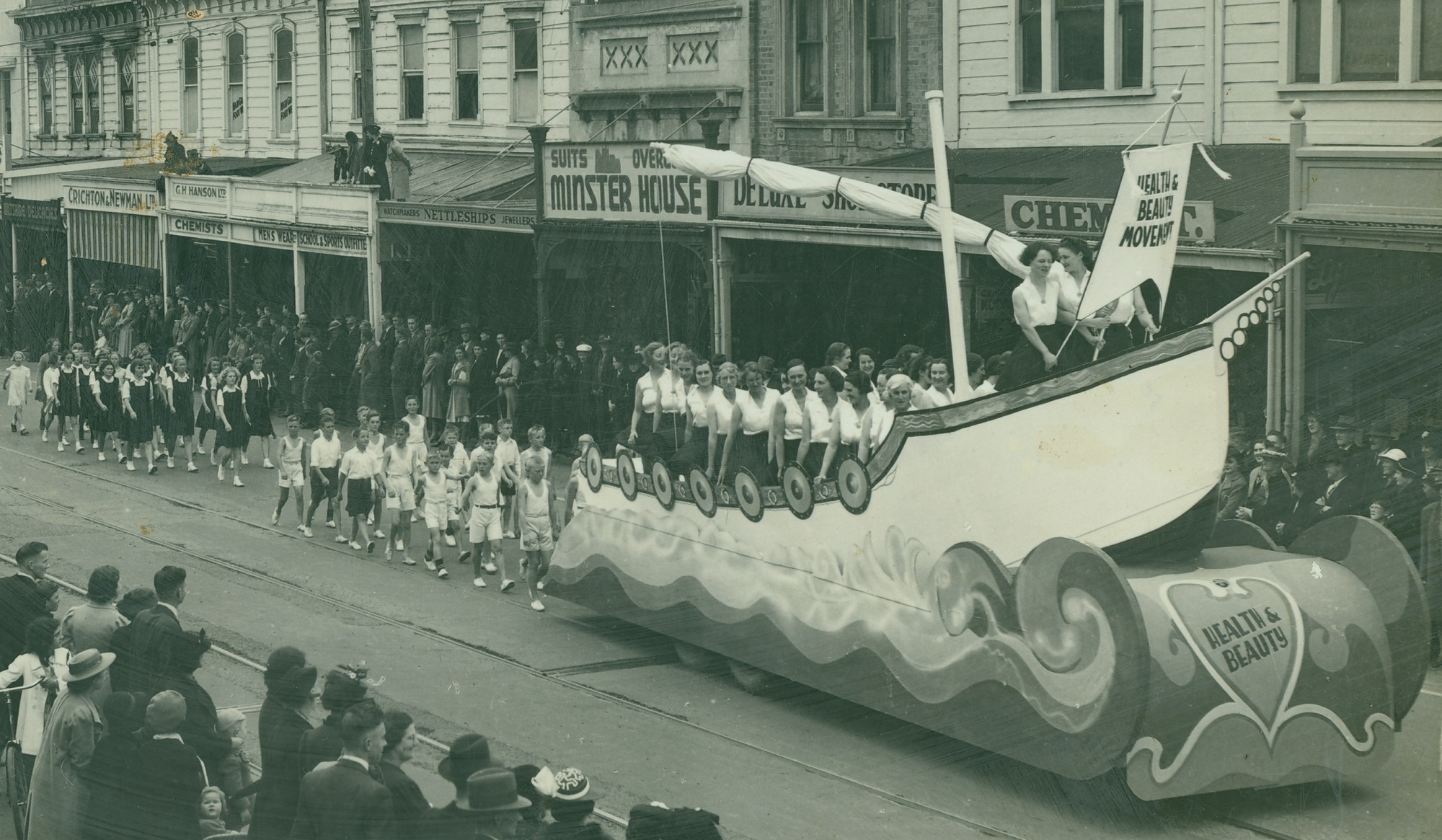
Whanganui Regional Museum Collection Ref: 2007.19
Demand grew and there was a call for further classes to be opened elsewhere in the country. Ward trained new teachers and the programme spread throughout New Zealand, known here as the Health & Beauty Movement. When invited to the 70th Anniversary Celebrations, Ward recalled her time training new teachers, and in particular mentioned Wynn Newsome who taught classes in Whanganui.
At the outbreak of World War II many classes around the country were forced to close, but the Whanganui branch remained open. A Whanganui Regional Museum volunteer recalls attending them in the 1950s, held on Saturdays in the McGruer’s building on Guyton Street, wearing a uniform of white shirt and black sateen romper shorts.
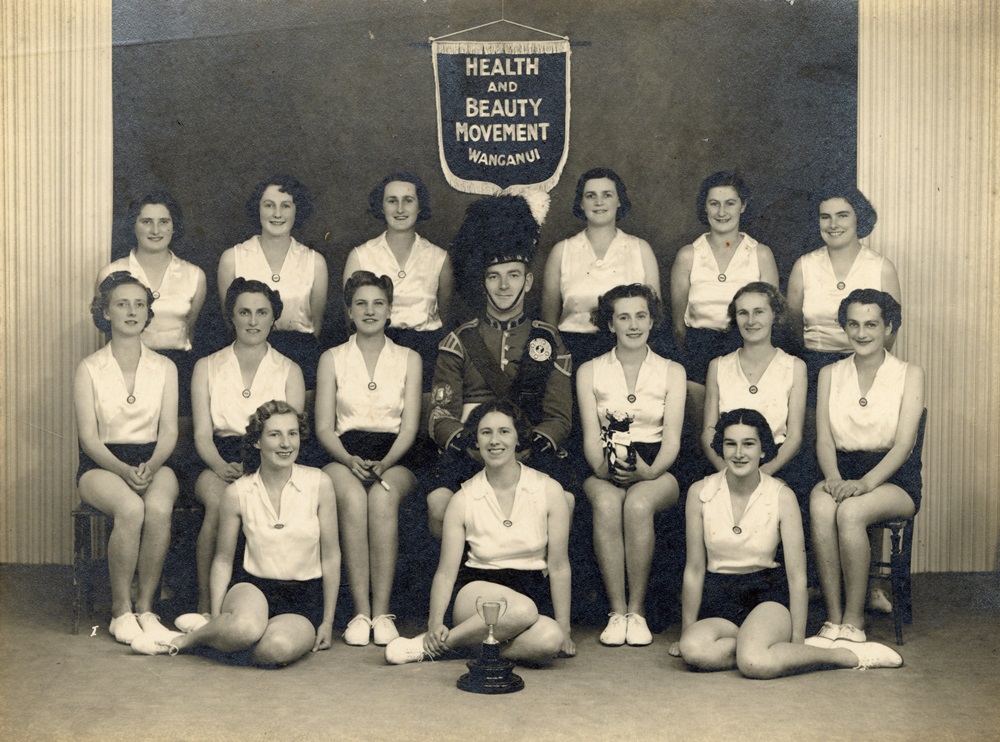
WRM Collection Ref 2021.13
Mary Stack died in 1935 from thyroid cancer, but her daughter, Prunella, took on her work and continued its popularity and growth. Mary Stack’s legacy lives on today with the movement now known as the Fitness League with the motto “Movement Is Life”.
Sandi Black is Kaihāpai Kōrero/Archivist at Whanganui Regional Museum.
This article was originally published in Whanganui Chronicle, May, 2017.


